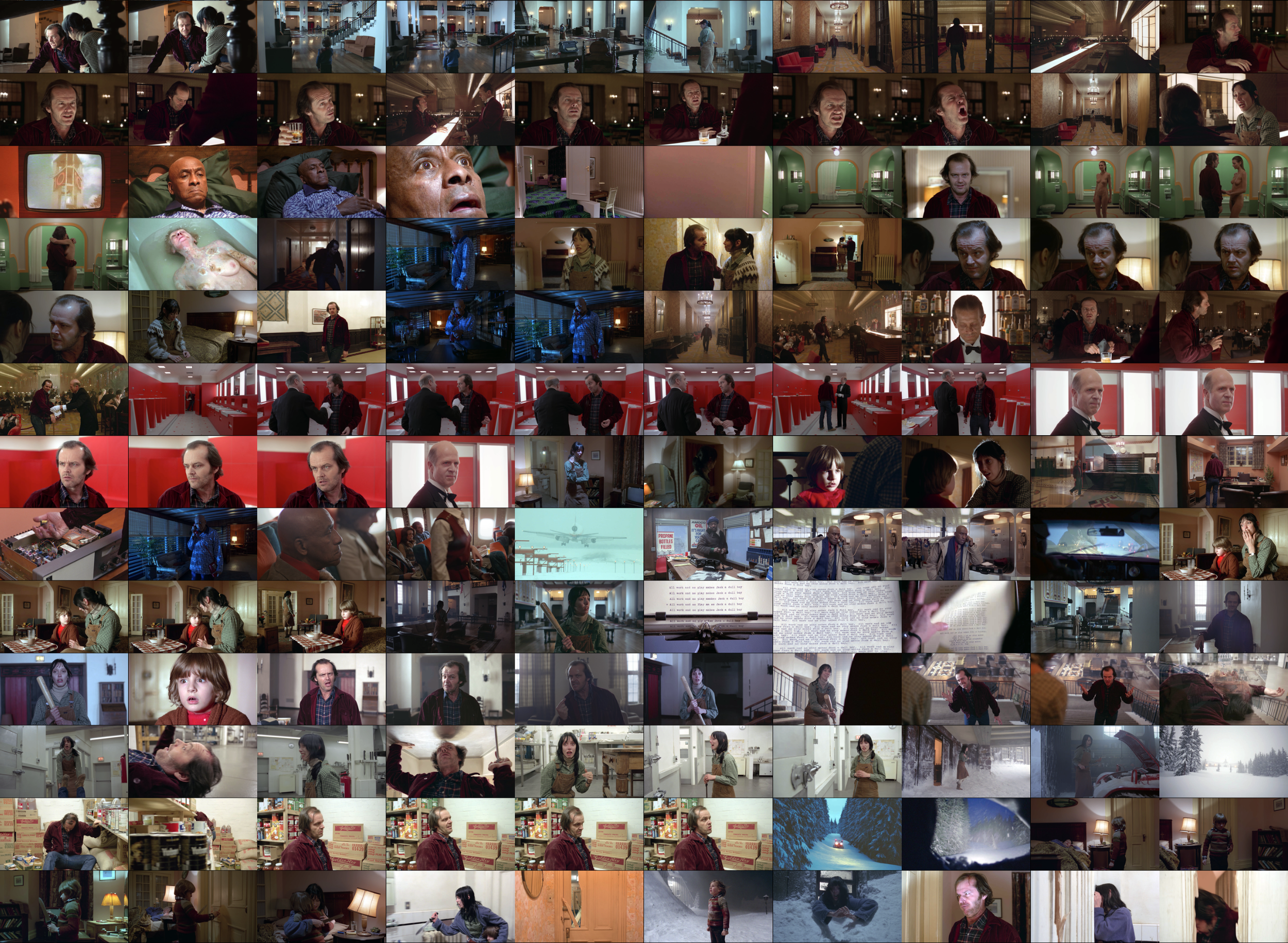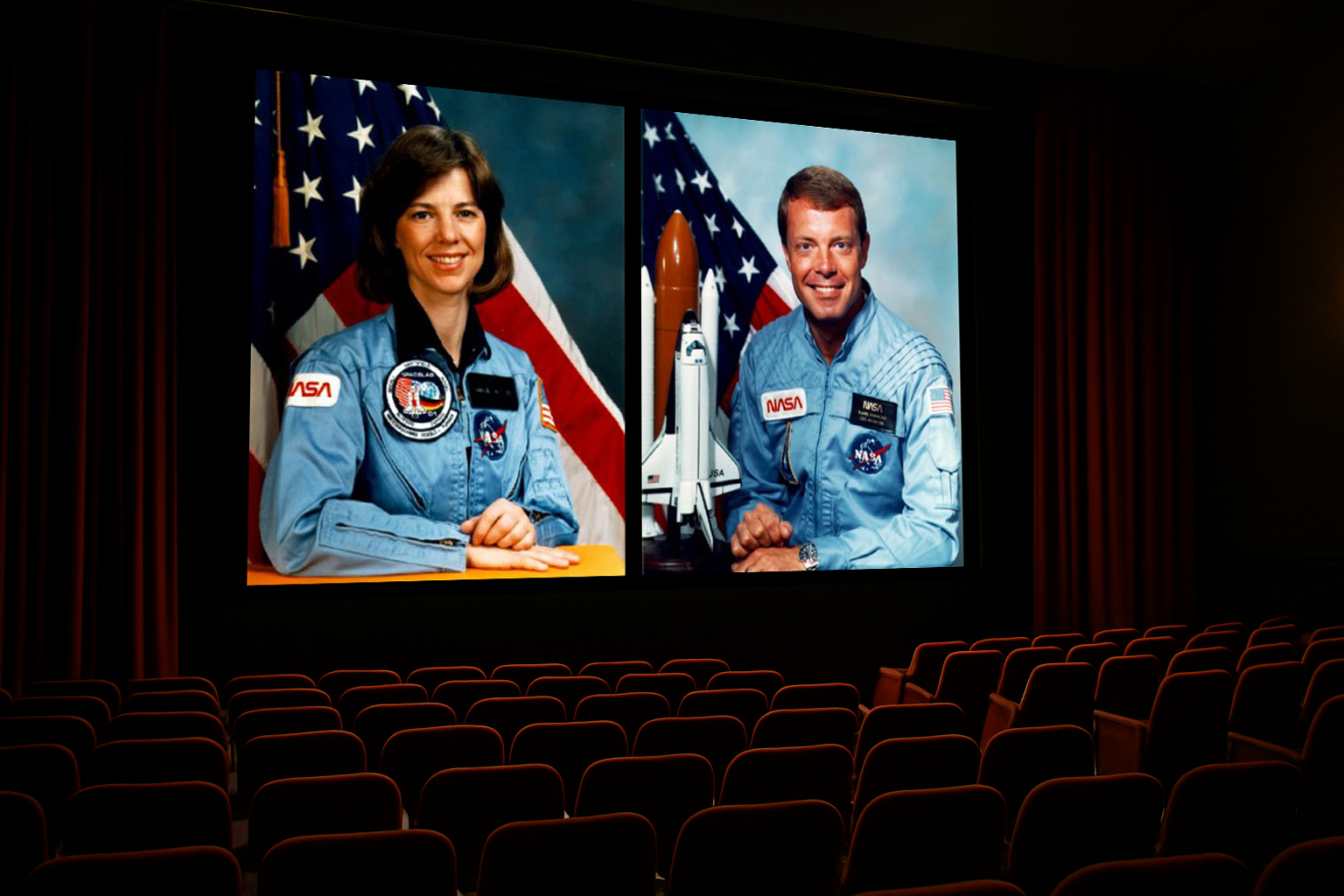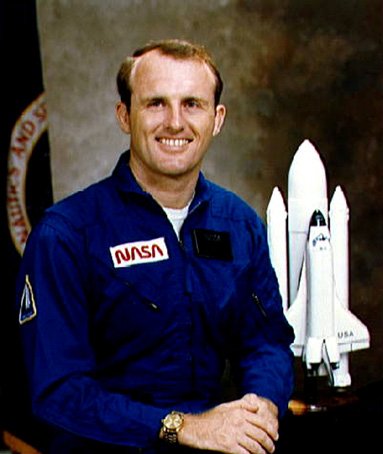Jan van Eyck Akademie: Year One
Postgraduate Laureate Masters Degree
The Netherlands, 1996-1998
After completing my Bachelor’s degree in Critical Fine Art Practice at Kingston University, I chose to do my postgraduate studies in Maastricht, The Netherlands at The Jan van Eyck Akademie. I’d gotten into the Goldsmith’s and Central Saint Martin’s College postgraduate programs in London, but elected to go to Holland specifically to work with Jon Thompson, Avis Newman and Jan van Toorn. I’d traveled over on the (then new) Eurostar train for an interview, and been incredibly impressed by the facilities, environment and support the participants had access to, and genuinely felt it was a place that afforded students the time and space to do their best work.
I had been recommend to apply by a couple of my Kingston professors, who were previous students of Jon’s at Goldsmiths, and felt strongly that I’d be able to develop and experiment in a meaningful way at the van Eyck.
It’s a small institution which only took 8 participants per Fine Art, Design and Theory disciplines each year, and actively encouraged cross-functional collaboration and engagement. At Kingston I’d been making books of what I’d written, which allowed me to start learning desktop publishing and photo manipulation, but my knowledge of the process was really nascent, and very often I wasn’t doing the work myself. My goal was essentially to lock myself in the computer room, and emerge two years later with the ability to build anything I wanted, which is exactly what happened. As a result, I naturally gravitated to spending most time with the design department.

Along the way I got to study and work with some truly incredible people. During my time there my peers included Daniel van der Velden, Renee Turner and Peter Bilak, and I worked closely with some amazing, inspiring professors including Armand Mevis, Karel Martens, Dick Hebdige, Mona Hatoum, Ootje Oxenaar, Michael Rock, Paul Elliman, Steve McQueen and Irma Boom.
Of all the tutors I worked with, I am most indebted to computer lab technician Jo Frenken, with whom I worked closest, learned the most from, and owe the biggest thanks.
Today I still feel this was one of the most creative, intense, rewarding and positively challenging things I’ve ever done, and have hundreds of fond memories of my time there. Upon returning to London in June 1998, I took some time off, and wrote for Eye Magazine before beginning full-time work at QVCUK.
The Shining | :30s (Excerpt)

In the Summer of 1998, after my time at Kingston University, and before I moved to Holland to study at The Jan van Eyck Akademie, I made a single, large-format photographic piece which took stills from Stanley Kubrick’s The Shining at thirty second intervals, and presented the entire movie on the wall, essentially as a single frame. I’d always loved Douglas Gordon’s 24 Hour Pyscho, and had been experimenting with video stills for most of my time at Kingston. I love the notion of being able to distill a movie into a single frame, essentially time-traveling the 2 hours the movie would otherwise take to watch, but seeing the thematic threads around each scene in clearer ways, intentionally removing all sense of suspense, drama and fear from the experience.
The original work was produced manually, taking the stills on 35mm film with a tripod in front of the television, getting them developed and printed out, and then assembling and mounting them all on the studio wall. 21 years later, the process of replicating the idea is an algorithmic one, with the whole process taking not more than an afternoon. I still really love the idea of this though, and wish I’d pursued it more during my time in Holland. Maybe one day I’ll make some more, but for now, I’m keeping it here, not to remember it later, but to remember it now. I made this in a hotel room in Maui. A long, long way from my bedsit in Kingston.
Metropolis M Magazine: Las Vegas Photography
During the Summer of 1997 I spent 2 months in Phoenix, Arizona where I discovered Bungie’s Marathon series, but also visited Las Vegas for the first time. In many ways Las Vegas touches the heart of what my work up until that point had been focused upon, and I still have a fond affection for the city in all its commercial strangeness every time I visit for work. Some of the photos I took during that initial few days there were used to illustrate an article in the Dutch arts and culture magazine, Metropolis M.
Aphasia Mareorama (1997)
Justitia Scientia (1997)
Epiphany Screensaver (1997)
During my time at The Jan van Eyck, I often experimented with screensaver /slideshow projects. This was one of my favorites, Paul Gascoigne’s Euro 96 goal against Scotland.
Otherschools (with Paul Elliman, 1997)
Working closely with designer Paul Elliman, I helped to develop some of the early digital expressions of his ‘Otherschools’ project (it also introduced me to Jorge Luis Borges, and I’ve never been the same since).
”In his University of Nowhere Internet project – now renamed Other Schools – Elliman has found a medium that could in time become his most effective bridge yet between teaching and practice. Launched in November 1996 at the Jan van Eyck Akademie, and still under development, it is in many ways a natural technological progression from what he regards as his “failed” fax project, Box Space. There, Elliman and his collaborators (designers, journalists and academics) had attempted to create a “mobile workshop” that would bypass the constrained outlets of conventional magazine publishing. Readers of the four completed issues – “Technology and Calligraphy: Abstract Alphabets”, “Greymail: Sinister Bureaucratic Murmur” (about forms and generic packaging), “Political Graffiti” and “The Language of War” – signed up to receive gigantic spools of writing and imagery, which then had to be sliced into manageable lengths and assembled.
Elliman’s interest in the Internet began at the University of Texas. “The World Wide Web – an environment where, for better or worse, connection is everything – suggests, among other things, new possibilities for design and its education,” he explains. “This space allows both practice and reflexivity . . . For the ‘school’, both as extension to the old model and in the transition to a new one, the Internet will offer a more continuous dialogue with practising designers, and with other specialized areas, in ways that could counter some of the problems and complexities found in the institutional teaching of design.” Problems such as the institutionalization of design thinking, the circularity of “design about design” and the lack of funds within education to sustain productive contact with other areas of education and culture.”
Rick Poyner, Eye Magazine Summer 1997
Console (Music Composition Experiments, 1997)
We’d often hold informal parties at The Jan van Eyck Akademie, with free drinks, snacks, and a ton of dancing late into the night. My friend Dan van der Velden and I would usually hold down the DJ duties, often using the food budgets to go to the local record store and buy records, which we’d then keep for ourselves afterwards. Every now and then we’d slip in an original that I’d made myself. Here’s what a few of these ended up sounding like. I wish we had some recordings from those parties, they were so much fun.
Audio Experiments / CD-ROM Soundtracks (1997)
Discarded Blindspot (1996)










These were the first things I ever built in Photoshop. The widescreen film stills had been given to me by the projectionist at the local Kingston movie theater, where I worked during two summers at Kingston University. More concerned with smoking cigarettes and sharpening his darts game in his office, he used to cut single frames out of the films and keep them as mementos. The black and white picture of Kimberley Davies (Annalise from Neighbors) was the first picture I ever received via email, and was taken in the downstairs nightclub ‘Options’ in the same building as the movie theater I worked in.
Year One Open Days Exhibition


“Before coming to the Jan van Eyck Akademie Matthew Shadbolt had worked fairly extensively on both sides of the divide between theory and practice. His practical work too covered a number of different areas from sculpture and object-making to different kind of image-making involving photography and computer processing. By contrast his time in Maastricht has tended to be dominated by work with the computer and this he has developed to a high degree of sophistication.
The main body of his work - which takes the form of a beautifully packaged series of CD-ROMs - plays with the format of the computer game. His interest, of course, reaches far beyond the format itself, indeed, it is simply the vehicle through which he explores - in a thoroughly speculative way - the virtual space played back from the computer screen. As a corollary to this ‘virtual play’ he has also become more fascinated with interactivity, and his work shows a gathering complexity of possible forms of interaction using multiple screens picturing the same virtual geography as the site of play.
It is more appropriate to define Matthew’s time at the Jan van Eyck Akademie as part of a journey rather than a series of objectives achieved; although, along the way, there are discreet achievements in abundance. But the overall sense of his work is that of one highly speculative project the terminal point of which is only ever a temporary stop, a provisional objective achieved. There is no doubt that Matthew Shadbolt has done important work during his time at the Jan van Eyck Akademie and that he will continue to break new ground with his work in the future.”
Jon Thompson, Armand Mevis, Avis Newman, Dawn Barrett
Department Faculty Leadership, Jan van Eyck Akademie




















































































































































































































































































































































































